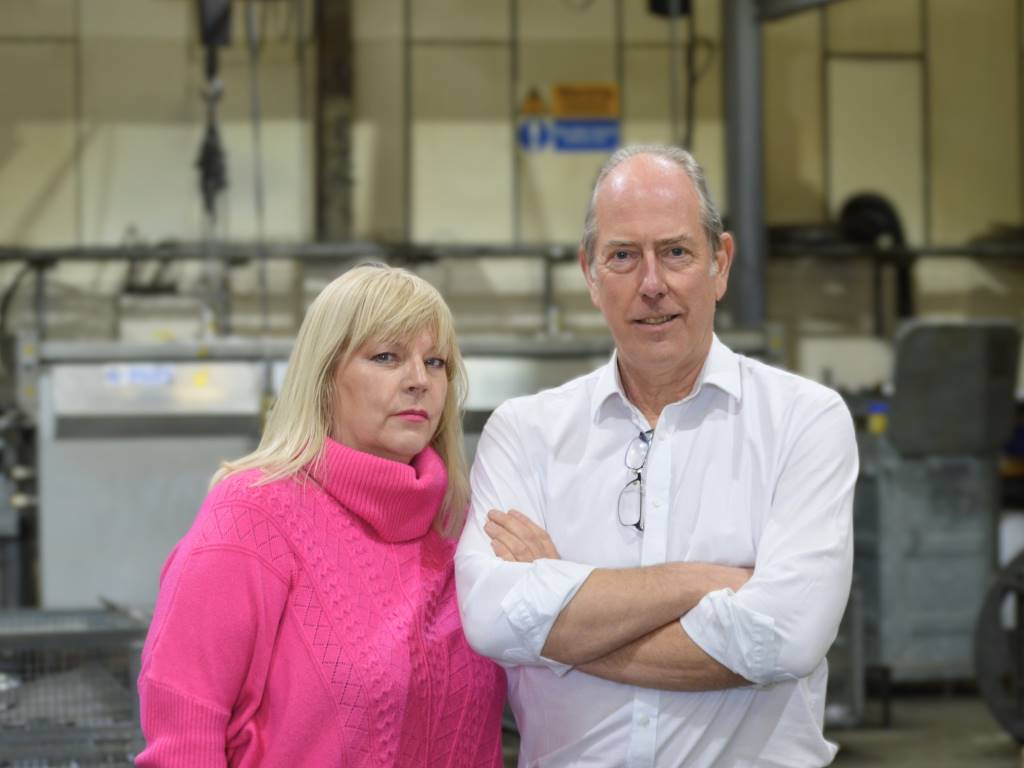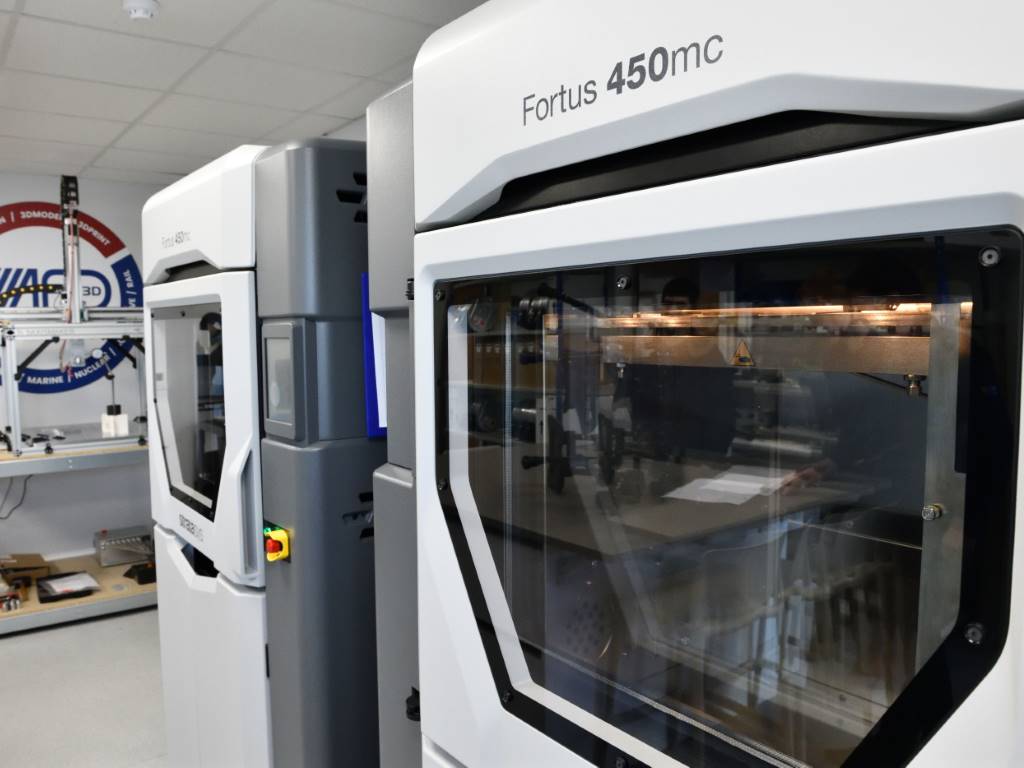Plastics in aerospace
Materials such as nylon 6/6 and acetal have routinely been used as wear surfaces, rub strips, brackets, grommets, and fasteners. Some of these applications have been injection moulded, while many are machined from stock shapes.
Materials such as nylon 6/6 and acetal have routinely been used as wear surfaces, rub strips, brackets, grommets, and fasteners in areas where environmental and performance issues meet the capability of the polymer. Some of these applications have been injection moulded, while many are machined from stock shapes.
In the 1980s, the top global aircraft manufacturers turned to lighter weight materials in order to increase payload, lower maintenance costs and increase fuel efficiency. During that time much of the internal research and development at these companies was centred around the use of lighter weight metals, ceramics and advanced composites. Today, aircraft engineers are looking at engineering plastics to reduce the dry weight of aircraft without sacrificing physical performance of the metal parts they are replacing. Engineering plastics are finding their way into applications as resin systems for advanced composites or as parts – injection moulded or machined from stock shapes.
While nylon 6/6, 6/12 and acetal are still utilised, more advanced materials are finding their way into applications due to their increased chemical resistance, higher modulus, low coefficient of thermal expansion and high temperature resistance. Those basic benefits – and the ability to add fillers to these polymers offer engineers the ability to increase strength and decrease wear while lowering weight.
Also, due the low volume nature of aircraft production, stock shapes of these materials offer a cost-effective option by machining parts rather than moulding them. Reduced weight does not mean reduced strength when using engineering plastics for aerospace applications.
Polyamide-imide (PAI) is a melt-processable, amorphous engineering plastic that offers excellent stiffness and comprehensive strength at temperature extremes. The material is able to endure harsh thermal, chemical and stress conditions. PAI is an excellent choice for wear applications. For example, a spacer used in an aircraft's reverser assembly is an application where PAI is used due to its dimensional stability and heat resistance. With only two reversers on a typical aircraft only a handful of parts are used on a single aircraft. This is an ideal application for parts machined from stock shapes.
Other plastic materials like polyphenylene sulfide (PPS) and polyetheretherketone (PEEK) offer excellent physical properties when compared to metals, as well as chemical resistance to aircraft fuels and hydraulic fluids. High end materials like (PAI), polyimide (PI) and polybenzimidazole (PBI) offer similar resistance to fluids with good strength and even higher temperature resistance.
Another application example is a pivot bushing. Advanced materials like those discussed above have various fillers added to the base polymer to reduce wear and increase load bearing capability. Hinge bushings in cabin and exit doors, aircraft flaps, handles and video arms can benefit from the self-lubrication, impact resistance, and in the case of interior systems, flame resistance of machinable plastics. In each of these applications, the close tolerances required for proper function make machined parts an ideal solution.
“Machinable engineering plastics in the form of rods, sheets and heavy wall tubes offer innovative solutions for the aerospace industry,” summarises Rick Hilblom, application development engineer at Quadrant Engineering Plastic Products (Quadrant EPP). “Their use is ideal for small volume applications where the dual benefits of weight savings and easy processing often outshine their metallic counterparts.
Quadrant EPP
www.quadrantplastics.com












